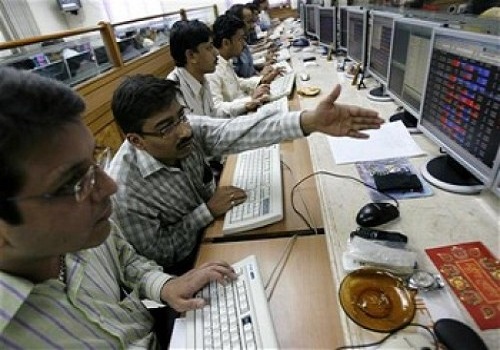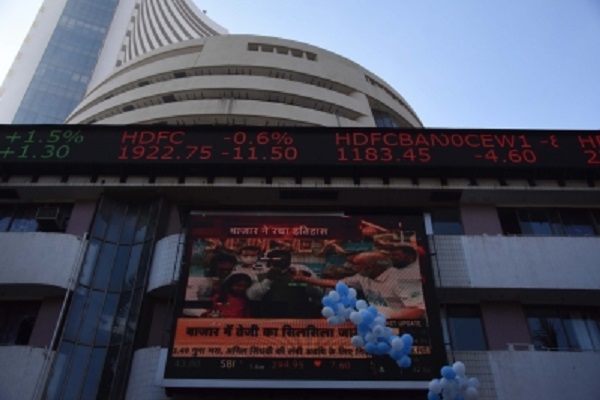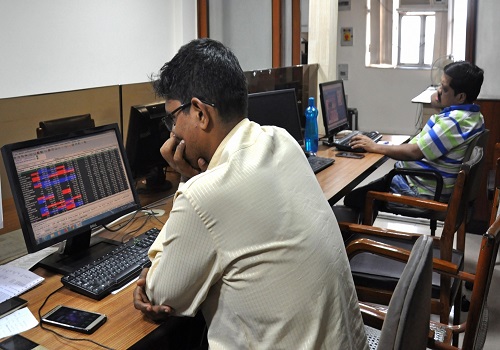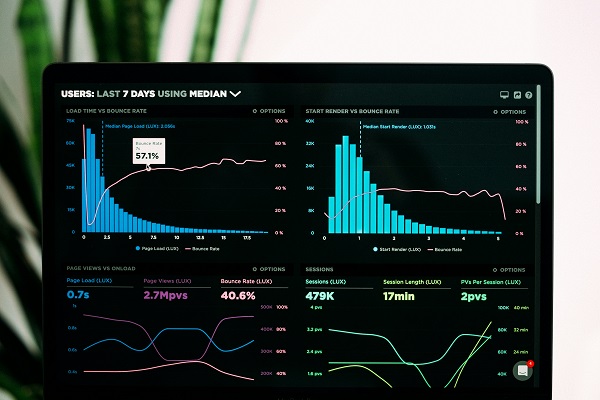Opening Bell : Markets likely to get positive start tracking gains in Asian counterparts

Markets are likely to get a positive start tracking gains in Asian counterparts. However, some cautiousness may creep in amid developments in the international geopolitical arena where the new US administration is working to resolve the Russia-Ukraine conflict and issues in the Middle-East.
Some of the key factors to be watched:
Announcement of India-US trade agreement boosted business confidence: Commerce and Industry Minister Piyush Goyal said the announcement to negotiate a bilateral trade agreement between India and the US has boosted business confidence in both countries, as it can help further strengthen economic ties by leveraging their competitive strengths.
India remains the fastest-growing large economy: Union Minister Ashwini Vaishnaw has highlighted India's economic strength, stating that the country remains the fastest-growing large economy while keeping inflation under control.
Forex reserves increase in week ended Feb 7: The RBI said India's forex reserves jumped by $7.654 billion to $638.261 billion in the week ended February 7. This is the third consecutive week of a jump in the kitty, which had increased by $1.05 billion to $630.607 billion for the week ended January 31.
Foreign fund outflows: The exodus of FPIs from the Indian equity markets continues as they pulled out Rs 21,272 crore in the first two weeks of this month, driven by global tensions after the US imposed tariffs on imports. This came following a net outflow of Rs 78,027 crore in January.
Stocks of textile industry will be in limelight: Cotton Association of India (CAI) said the overall cotton output in the current season (2024-25), beginning October, is estimated to dip to 301.75 lakh bales from 327.45 lakh bales in last season, due to lower yield in Gujarat and the northern region.
On the global front: The US markets ended mostly in red on Friday, with Nvidia climbing and Microsoft dipping, while Treasury yields declined a day after U.S. President Donald Trump unveiled reciprocal tariff plans but stopped short of imposing new ones. Asian markets are trading mostly higher on Monday as traders navigate increasing tensions between the US and European Union and looming central bank monetary policy decisions.
Back home, Indian equity benchmarks ended lower for the eighth consecutive session on Friday as investors' sentiments were plagued due to persistent foreign fund outflows. Finally, the BSE Sensex fell 199.76 points or 0.26% to 75,939.21, and the CNX Nifty was down by 102.15 points or 0.44% to 22,929.25.
Some of the important factors in trade:
Persistent outflows by FIIs: Foreign Institutional Investors (FIIs) offloaded equities worth Rs 2,789.91 crore on Thursday, according to exchange data.
Wholesale price inflation eased in January: Wholesale price inflation (WPI) moderated to 2.31 per cent in January due to the decline in prices of food items especially vegetables. WPI based inflation was 2.37 per cent in December 2024. It was 0.33 per cent in January 2024.
Govt will continue to take measures to check inflation: Finance Minister Nirmala Sitharaman has said the government will continue to take measures to check inflation and ensure that citizens are not burdened.
Above views are of the author and not of the website kindly read disclaimer










More News

Technical Morning Ideas 22nd Sept 2025 by Vaishali Parekh Vice President - Technical Researc...










